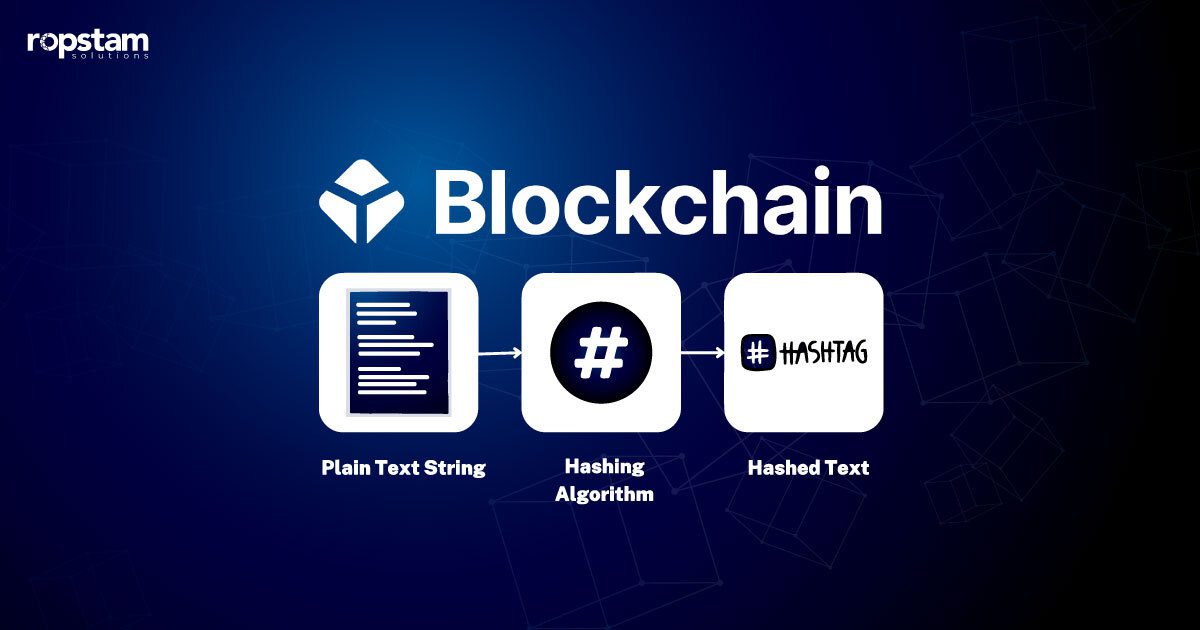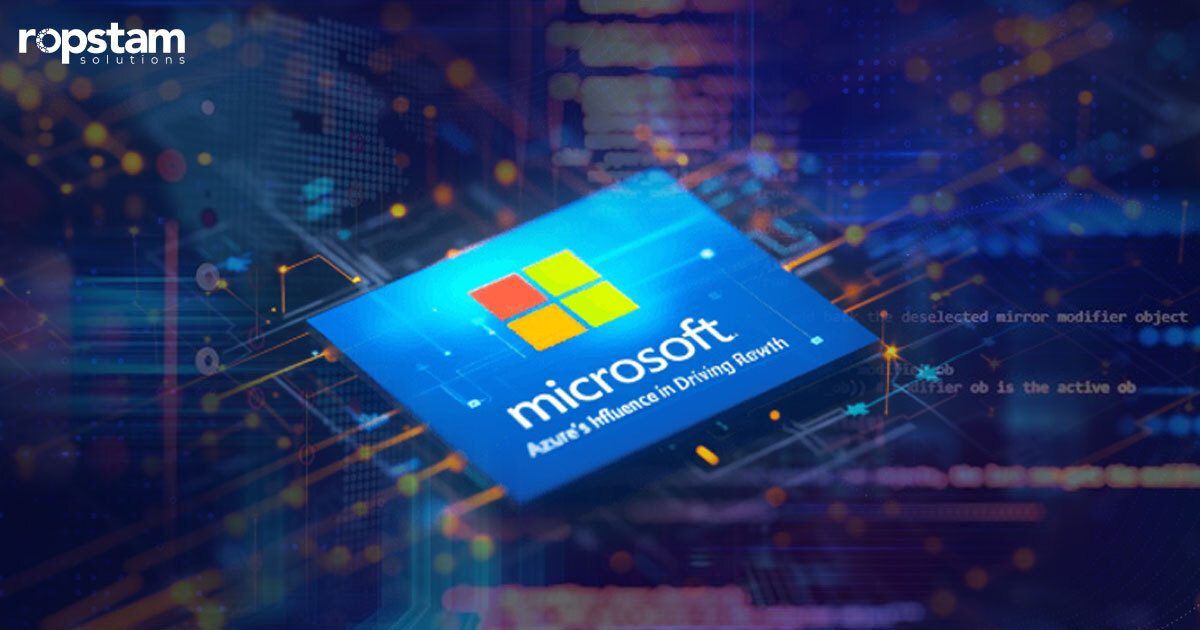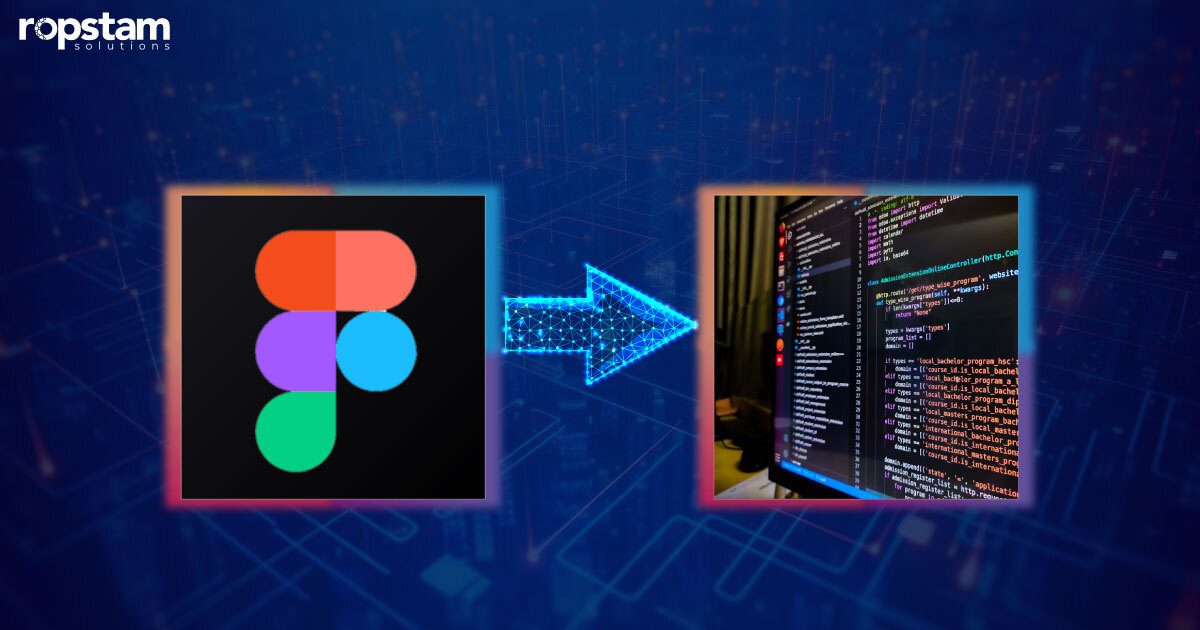Hashing is one of the most important aspects in the realm of blockchain technology. For maintaining the integrity of data, hashing is of paramount importance. Indubitably, hashing is the fundamental pillar of blockchain’s security and integrity, safeguarding your digital transactions to a remarkable extent.
This comprehensive guide delves into the detailed workings of hashing in blockchain, exploring its complexities and underlining its significant role in maintaining the blockchain’s unassailable fortress.
What is Hashing?
In simple words, hashing is a well-known cryptographic process that transforms any input data, regardless of its size, into a fixed-size, random string of characters. This resultant string is known as a “hash value” or simply “hash.”
Another key point to note is that a hash function utilizes a one-way hashing algorithm, meaning that the hash can never be converted back to its original value.
Hashing serves two essential purposes in blockchain. First, it ensures data integrity – every block in the blockchain contains a unique hash, which changes with even the smallest modification to the block’s data. Consequently, tampering with block data becomes nearly impossible, as it would alter the hash and be immediately noticeable.
Secondly, hashing enables the creation of a secure and unbroken chain of blocks. Each block contains the hash of its preceding block, creating a linked chain. Any attempt to alter a block’s data disrupts this chain, adding another layer of security.
In essence, hashing is the backbone of blockchain’s robustness and security, making it resistant to data manipulation and fraud.
Hashing Pros
- Hashed data is unreadable, protecting sensitive information
- Allows detecting unauthorized data tampering
- Hash tables enable faster data lookup and retrieval
- Less space required to store data as a hash
- Hash function computation is efficient
Hashing Cons
- Data cannot be retrieved from hashes alone
- Potential for hash collisions with different inputs generating the same hash
- Resource-intensive to perform salting, multiple hash iterations
- Rainbow table attacks allow brute forcing hashes
- Short keys make hashes vulnerable to collisions, preimage attacks
How is Hash calculated in blockchain?
Hash calculation in a blockchain is a fascinating process that leverages the power of cryptography. The process uses a hash function, a unique algorithm that takes an input and produces a fixed-size string of bytes, typically in the form of a hash code.

The most commonly used hash function in blockchain is the SHA-256 (Secure Hash Algorithm 256 bit), especially in Bitcoin’s blockchain. Here’s a simplified breakdown of how this process works:
- Input Data: The hash function accepts input data, which could be anything from a single letter to an entire novel. In the context of blockchain, it’s usually transaction data.
- Processing: The hash function processes the input data according to the SHA-256 algorithm. This involves a series of mathematical operations and transformations that scramble the input data.
- Output Hash: Now, the hash function outputs a unique 64-character string. This hash represents the input data. It’s worth noting that even a tiny change to the input data completely alters the resulting hash, making the process practically irreversible.
But the question remains: how does this step-by-step procedure apply to blockchain?
Each block in a blockchain contains a bundle of transactions, each represented by its hash. These transaction hashes are hashed again, creating a ‘hash of hashes’, also known as a Merkle Root. This Merkle Root, along with other block headers like the previous block’s hash and a timestamp, is hashed to create the block’s unique hash.
This process of hash calculations strengthens the blockchain’s security. Any attempt to alter the transaction data would change its hash, the Merkle Root, and, ultimately, the block’s hash, making the tampering evident.
In short, hash calculation in a blockchain is a sophisticated cryptographic process that ensures the blockchain’s immutability, securing it from potential tampering and fraud and hence forestalling potential cyber scams.
Types of Hash functions in blockchain
Now that you have a basic understanding of hashing in blockchain and its properties let’s evaluate varying types of hash functions:
1) Independent Hashing
Independent hashing refers to generating a unique one-way hash to identify and validate each specific input separately. This allows uniquely representing transactions, blocks, files, or any data to enable tamper evidence and data integrity.
When it comes to blockchain transactions, they leverage independent hashing extensively, like transaction IDs, block IDs, and address generation.
2) Repeated Hashing
This type of hashing involves applying the hash function recursively multiple times on the same input. This increases security by incrementing original differences and delaying the identification of colliding messages through brute force to provide collision resistance.
Blockchains like Bitcoin use repeated hashing to mine computational proofs and enhance irreversibility.
3) Combined Hashing
Combined hashing means hashing the concatenation of two or more pieces of data together instead of independently. It binds the tokens together to produce a unique hash to validate a specific combined input.
Smart contracts in blockchain often utilize combined hashing to link multiple parameters and ensure the integrity of the complete message.
4) Sequential Hashing
With sequential hashing, the intermediate hash from the previous transaction or block is also hashed input as part of the next hash function execution. This chains the blocks and transactions sequentially like links in a chain.
This type of hashing is also common in the universe of blockchain. Blockchains rely on sequential hashing techniques to construct the ledger and validate the order of events through hash linking across blocks.
5) Hierarchical Hashing
Hierarchical hashing refers to the usage of hash trees containing hash functions in a tree data organization. By re-hashing nodes up to the root hash, small changes are amplified, enabling efficient blocking and enhanced integrity checks.
By employing hierarchical hash trees, blockchain performs tasks like lightweight client verification and peer data access control.
The role of Hash functions in blockchain
It is widely claimed that hash functions are the cornerstone of blockchain technology, providing it with unparalleled security and integrity. They play various roles in a blockchain, each contributing to the efficiency, safety, and robustness of the system.
Let’s explore how these hash functions play their role in securing a blockchain transaction:
1) Data Integrity and Security:
Hash functions ensure the immutability of data in a blockchain. Each block carries the hash of its data. Any change in the data, however small, results in a drastic change in the hash, making any tampering attempts glaringly apparent. This unique property of hash functions helps maintain data integrity and security within the blockchain.
2) Block Linking:
In a blockchain, each block contains the hash of the previous block, creating a chain of blocks, hence the name ‘blockchain.’ This dependency on the previous block’s hash means that if a single block is modified, the hashes of all subsequent blocks change, breaking the chain.
This attribute of hashes makes blockchain highly resistant to modifications, adding an extra layer of security.
3) Transaction Verification:
Hash functions also play a crucial role in transaction verification. When a transaction is initiated, it’s hashed and added to a block. Miners verify these transactions by checking the hashes. If the transaction data is tampered with, the hash changes, alerting the miners to potential fraud.
4) Proof of Work (PoW):
Hash functions are integral to the PoW consensus algorithm used by Bitcoin and other cryptocurrencies. Miners must solve complex mathematical puzzles, which involve hash functions, to add a new block to the blockchain. The difficulty of these puzzles adjusts according to the network’s hash rate, ensuring a steady addition of blocks. This process discourages spam transactions and abuse of the network.
5) Digital Signatures:
Blockchain also leverages hash functions in the implementation of digital signatures. A user’s private key and the hash of the transaction data are input into a cryptographic signing algorithm to generate a unique digital signature. This signature verifies the authenticity of the transaction, providing non-repudiation.
6) Scalability:
Another key feature of Hash functions is their ability to contribute to the blockchain’s scalability. By transforming transaction data into a fixed-size hash, they allow a large number of transactions to be stored in a block, irrespective of the size of the transactions.
7) Privacy:
In today’s day and age, data privacy is of utmost importance. Luckily, hash functions are also helpful in this regard. Hash functions help maintain privacy within the blockchain.
As the hash function output doesn’t reveal anything about the input, transaction details are kept private, visible only to the parties involved. Consequently, no third party can obtain private information about the digital transaction between the two parties, and data privacy is ensured.
Limitations of hashing in blockchain
While hashing enables critical functionality for blockchain platforms, certain limitations in this domain exist:
1) Collisions
Though unlikely, there is still mathematical potential for two unique inputs to generate the same fixed-length hash output via random collisions. This can undermine reliability when identifying records.
2) Irreversibility
Hashes are one-way transformations, meaning the original data cannot be recovered from the hash alone, which only allows validity checks. This prevents reversing or undoing faulty transactions.
3) Quantum Computing Vulnerabilities
Emerging quantum computational power may reduce collision resistance and make common hashing algorithms used in blockchains vulnerable to attacks in the future.
4) Chain Splits
In rare cases, two valid blockchain branches can emerge with hashes competing based on computational power or network effects. This leads to platform splits requiring resolution.
The bottom line
Hashing is a fundamental component of blockchain technology, ensuring data integrity. By transforming input data into fixed-size hash values, hashing creates an unbreakable chain of blocks, making tampering and fraud nearly impossible. The cryptographic strength of hashing algorithms guarantees the integrity of digital transactions to a certain extent, resulting in blockchain technology becoming more secure.
Why should you choose Ropstam Solutions for blockchain development?
At Ropstam Solutions, we have an accomplished team of blockchain developers boasting invaluable experience in this field. With numerous years of experience in blockchain development, we have delivered countless blockchain projects to our satisfied clients. If you are interested in our services, contact us now!












